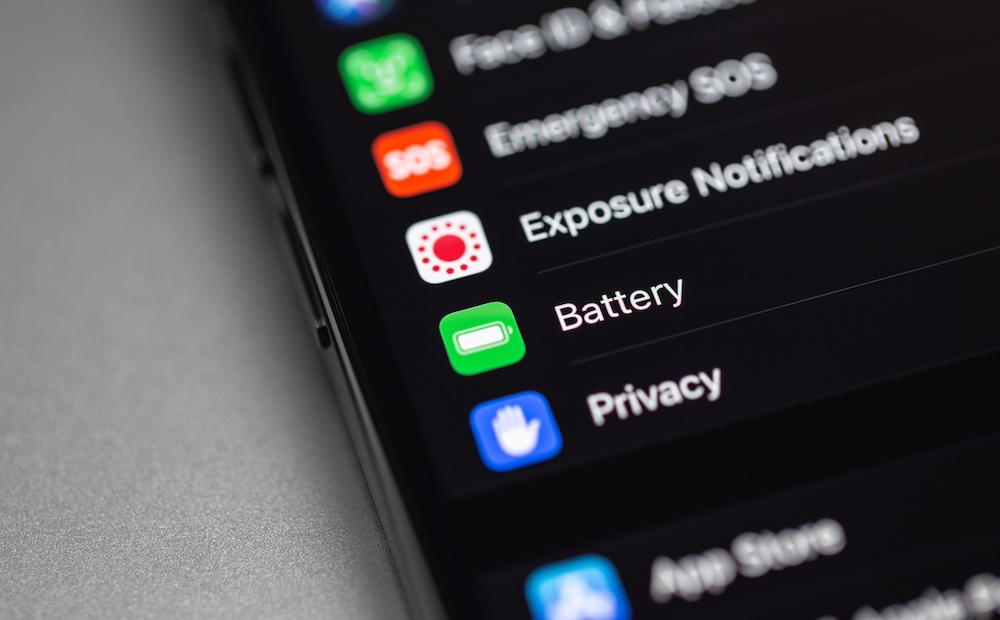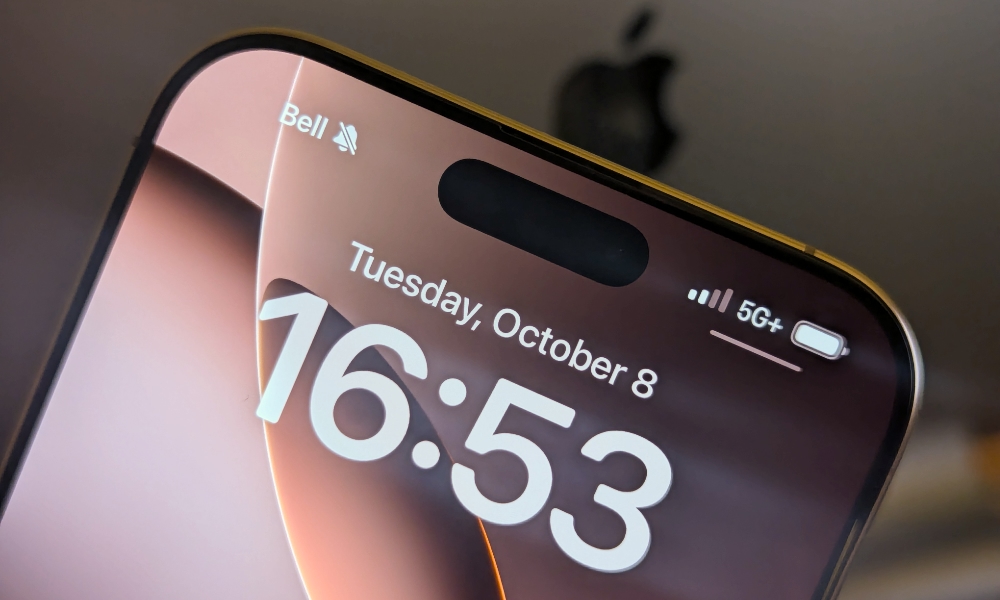Will the iPhone 17 Pro Max Finally Solve Battery Anxiety?
 Prima91 | Adobe Stock
Prima91 | Adobe Stock
Toggle Dark Mode
We’re less than three months away from a September event where Apple will unveil this year’s iPhone 17 lineup, so it’s no surprise that new specs are starting to leak out as Apple’s supply chain starts preparing to mass-produce the next generation of iPhones.
Reports have already suggested that this year’s largest flagship, the iPhone 17 Pro Max, will get thicker and heavier — a change that some believe is being made to accommodate a larger battery. Now, leaker Instant Digital (aka Setsuna Digital) has shared a post on Weibo confirming that this year’s Max model could be the first to hit the 5,000 mAh mark.
The Weibo post doesn’t provide an exact number, saying only that they expect it will reach 5,000 mAh. Battery capacities rarely fall on even values like this, but if anything, the number should be higher rather than lower.
If this information is accurate, it would represent almost a 7% increase over the iPhone 16 Pro Max battery, which is 4,676 mAh according to an iFixit teardown (this conflicts slightly with information sourced from Brazil’s National Telecommunications regulator that listed it at 4,685 mAh, but that’s too small of a difference to get excited about). It would also be the largest jump since the iPhone 13 Pro Max gained an 18% jump over its predecessor in 2021.
To put this in context, here’s the breakdown of the battery capacities on Apple’s iPhone Max models over the years:Model Battery Capacity Increase/Decrease iPhone XS Max 3,174 mAh
iPhone 11 Pro Max
3,969 mAh
+25.05%
iPhone 12 Pro Max
3,687 mAh
—7.11%
iPhone 13 Pro Max
4,352 mAh
+18.04%
iPhone 14 Pro Max
4,323 mAh
–0.67%
iPhone 15 Pro Max
4,422 mAh
+2.29%
iPhone 16 Pro Max
4,676 mAh
+5.74%
iPhone 17 Pro Max (rumored) 5,000 mAh +6.93%
As you can see from the above table, Apple decreased the battery capacity in its 2020 and 2022 models, although it’s fair to say the battery in iPhone 14 Pro Max was basically unchanged from the iPhone 13 Pro Max, as a 29 mAh difference is essentially a rounding error.
Each year’s new iPhone models are usually more power-efficient than those that came before, so raw battery capacity isn’t the only measure of runtimes. For example, despite having virtually the same battery capacity, Apple rated the iPhone 14 Pro Max for an hour of additional video playback over the iPhone 13 Pro Max.
On the other hand, the massive 18% bump from the iPhone 12 Pro Max to the iPhone 13 Pro Max allowed it to go from 20 hours of video playback to 28 hours, but that was likely helped along by the more efficient ProMotion display, which could run at a much less power-hungry 24 Hz or 30 Hz refresh rate when watching most video content.
Apple also takes advantage of these efficiency and battery improvements to do more with each year’s model. This results in a moving target where it’s hard to predict where the needle will land. The counter-example is the iPhone 15 Pro Max having the same playback runtime ratings as the iPhone 14 Pro Max, while the iPhone 16 Pro Max added four more hours over its predecessor.
Real-world tests have shown that all four iPhone 16 models handily beat out their predecessors by healthy margins, but the iPhone 16 Pro Max showed incredible gains, landing among the top five in smartphone endurance tests, and hitting third place in Tom’s Guide’s roundup, behind the OnePlus 12R and Asus ROG Phone 8 Pro. Those models ran for 36 and 42 minutes longer, respectively, but they also packed in larger 5,500 mAh cells.
That speaks well for the power efficiency of Apple’s A18 Pro chip and the ProMotion display technology, which represent the two power-hungriest components in any smartphone. A further 7% increase in size could push the runtimes even higher, but it’s important to remember that there isn’t always a direct relationship between these due to other factors. Further improvements might push the iPhone 17 Pro Max to even longer battery life, but it’s equally possible that other internal changes and new features in iOS 26 might consume more power.
So, even if this leak is true — and like all early rumors, it should still be taken with a healthy dose of salt — we’ll have to wait for some real-world tests to see what kind of practical difference it makes.
[The information provided in this article has NOT been confirmed by Apple and may be speculation. Provided details may not be factual. Take all rumors, tech or otherwise, with a grain of salt.]








